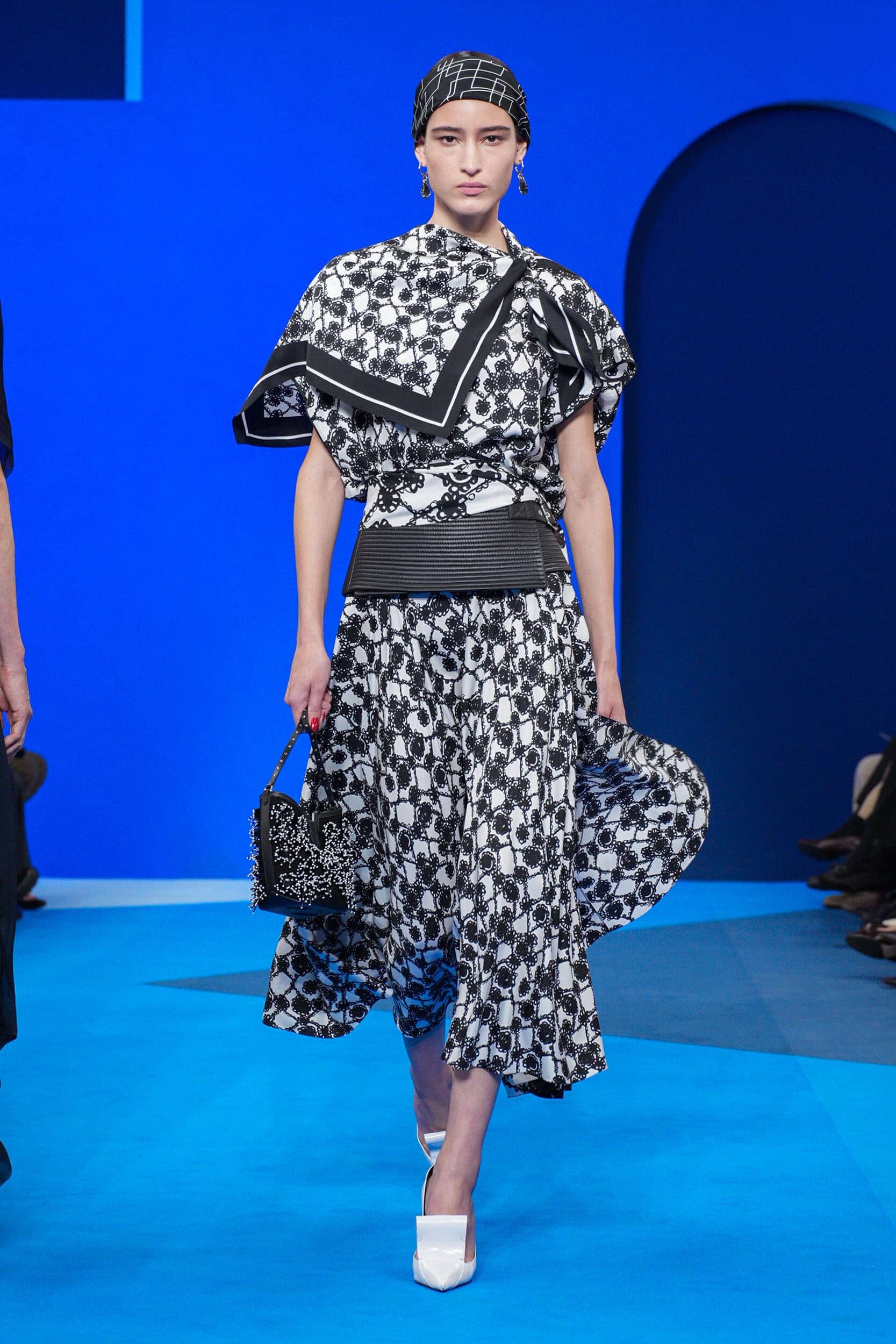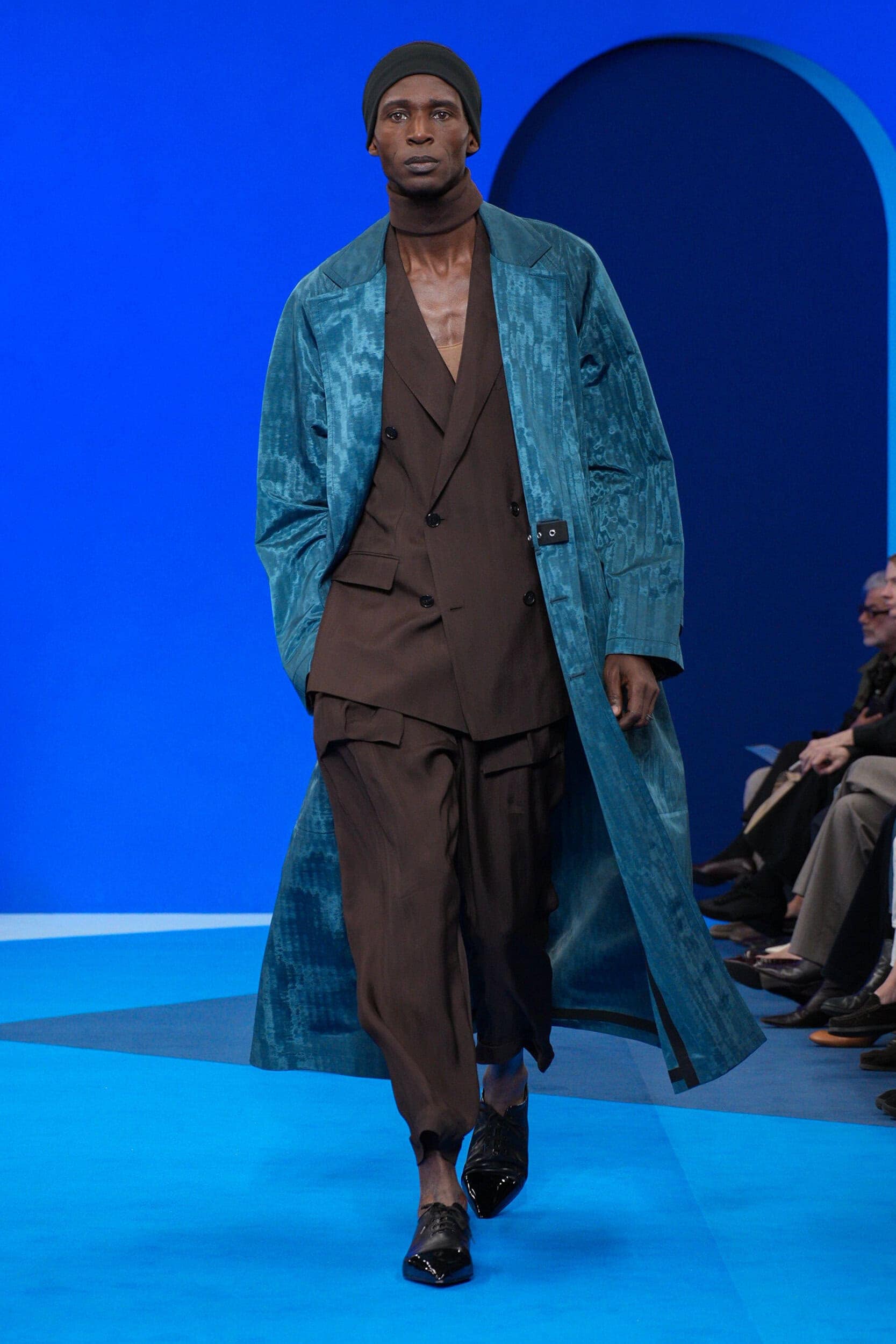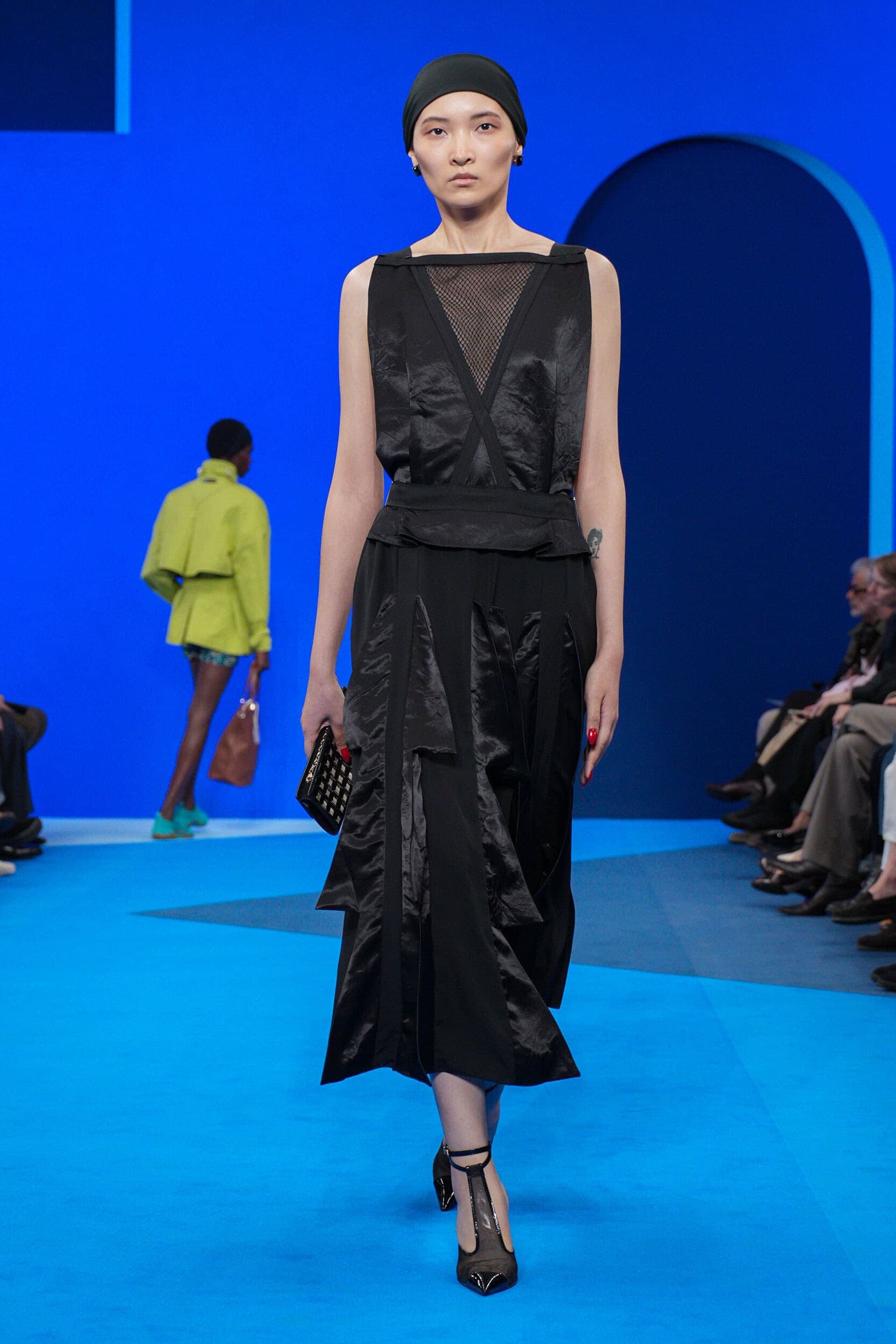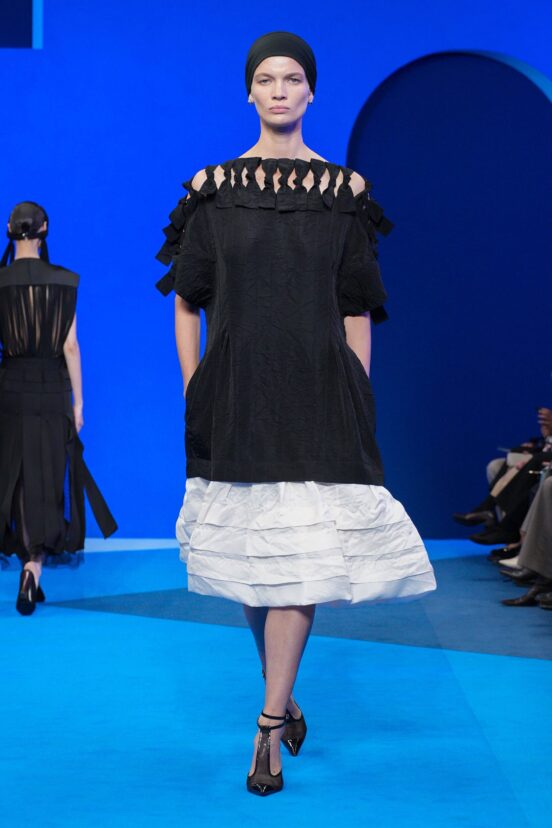Echoes of Elegance
Review of Lanvin Spring 2026 Fashion Show
By Mackenzie Richard Zuckerman
THE COLLECTION
THE VIBE
Quiet Authority & Timeless Poise
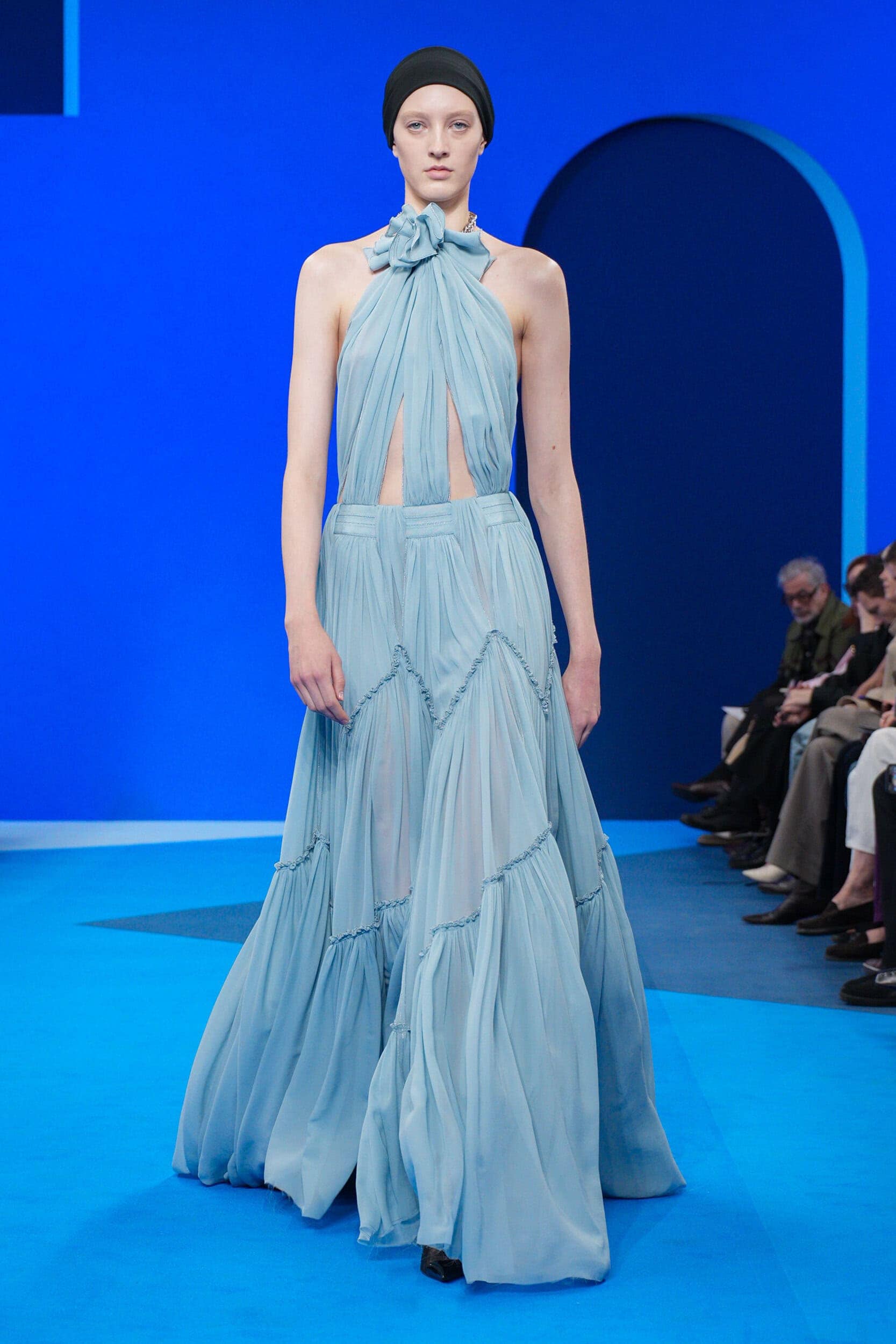
At Lanvin, Peter Copping staged a collection that leaned into historic codes with a touch of modernity—precise tailoring, tiered volumes, and a palette punctuated by carefully rationed jolts of color. It was a world apart from the spectacle-driven mood elsewhere in Paris, positioning Lanvin in a quieter, more deliberate register. The silhouettes balanced couture echoes—embroidered lattices, hand-gathered skirts, liquid silks—against pragmatic coats and trousers, proposing a kind of timeless wardrobe architecture.
The question is whether this vision of understated chic, steeped in technical clarity, can push the house beyond preservation.
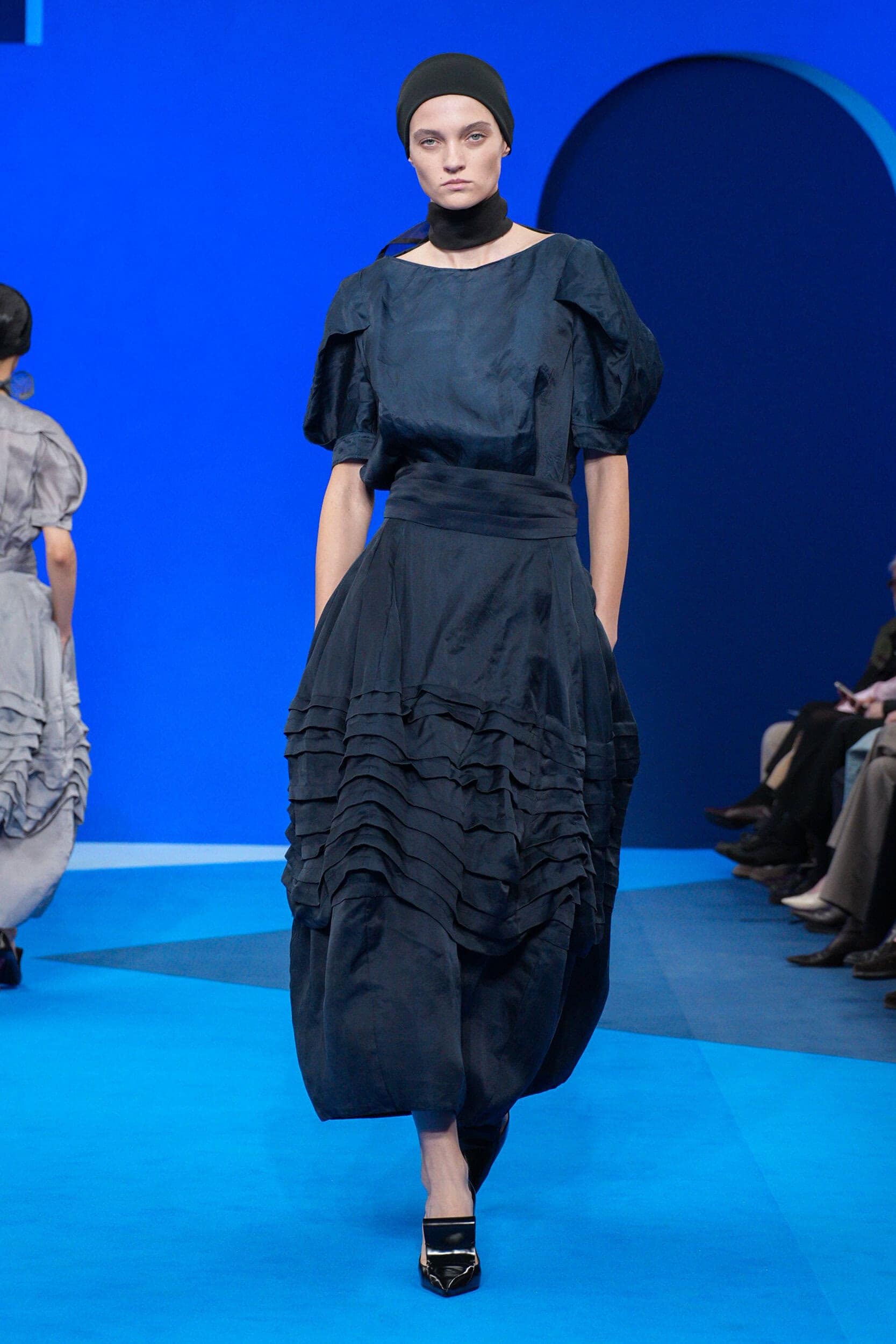
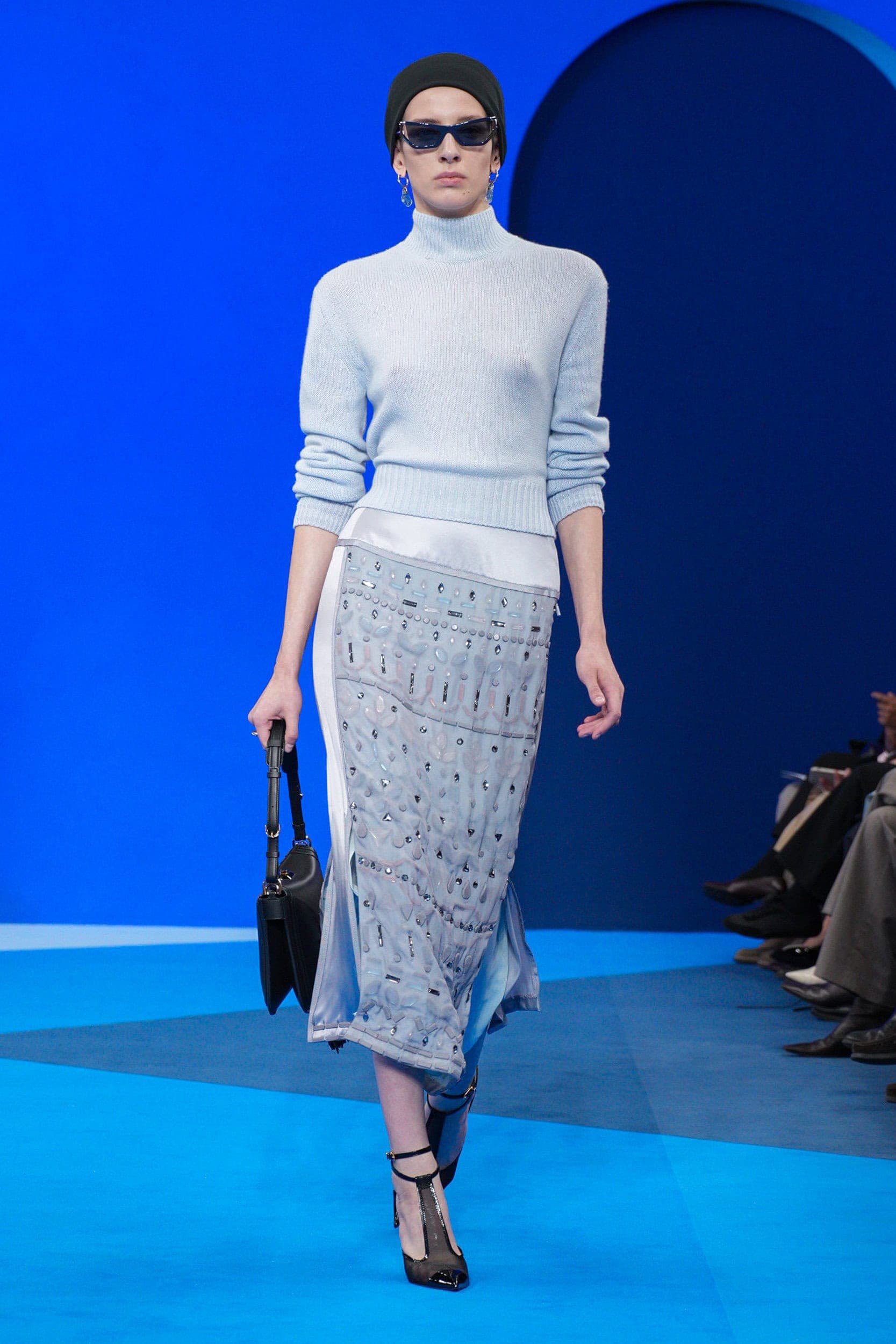
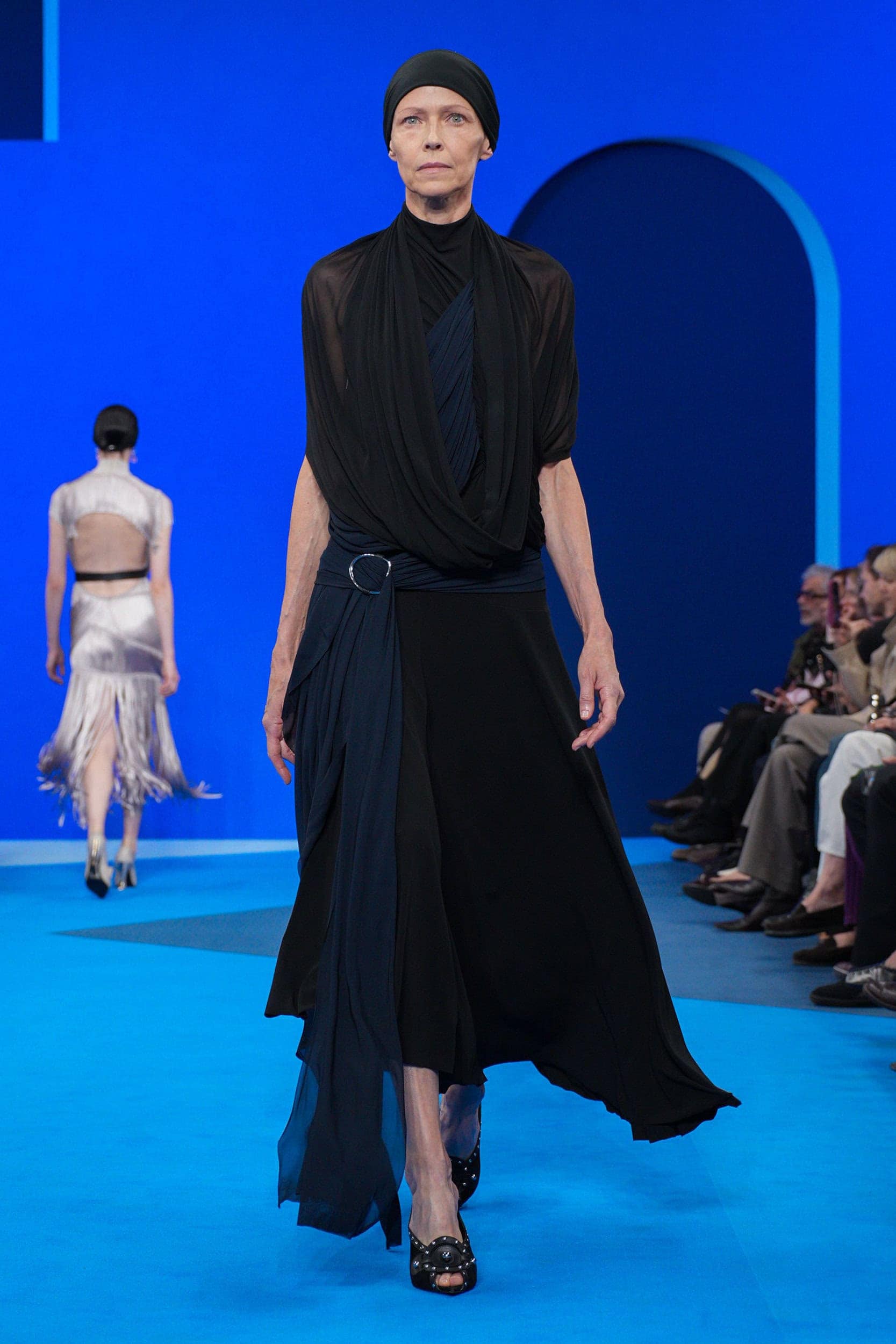
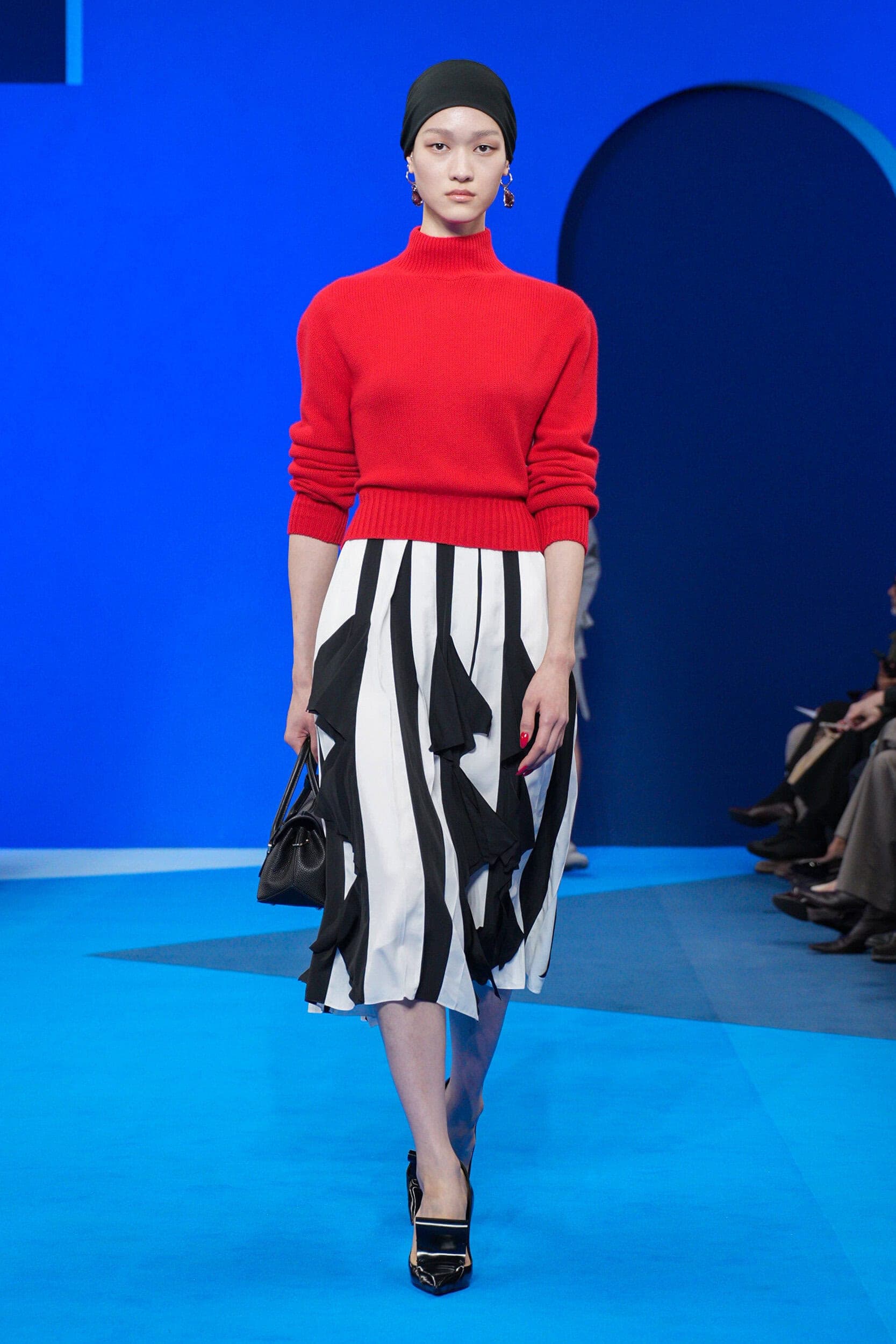
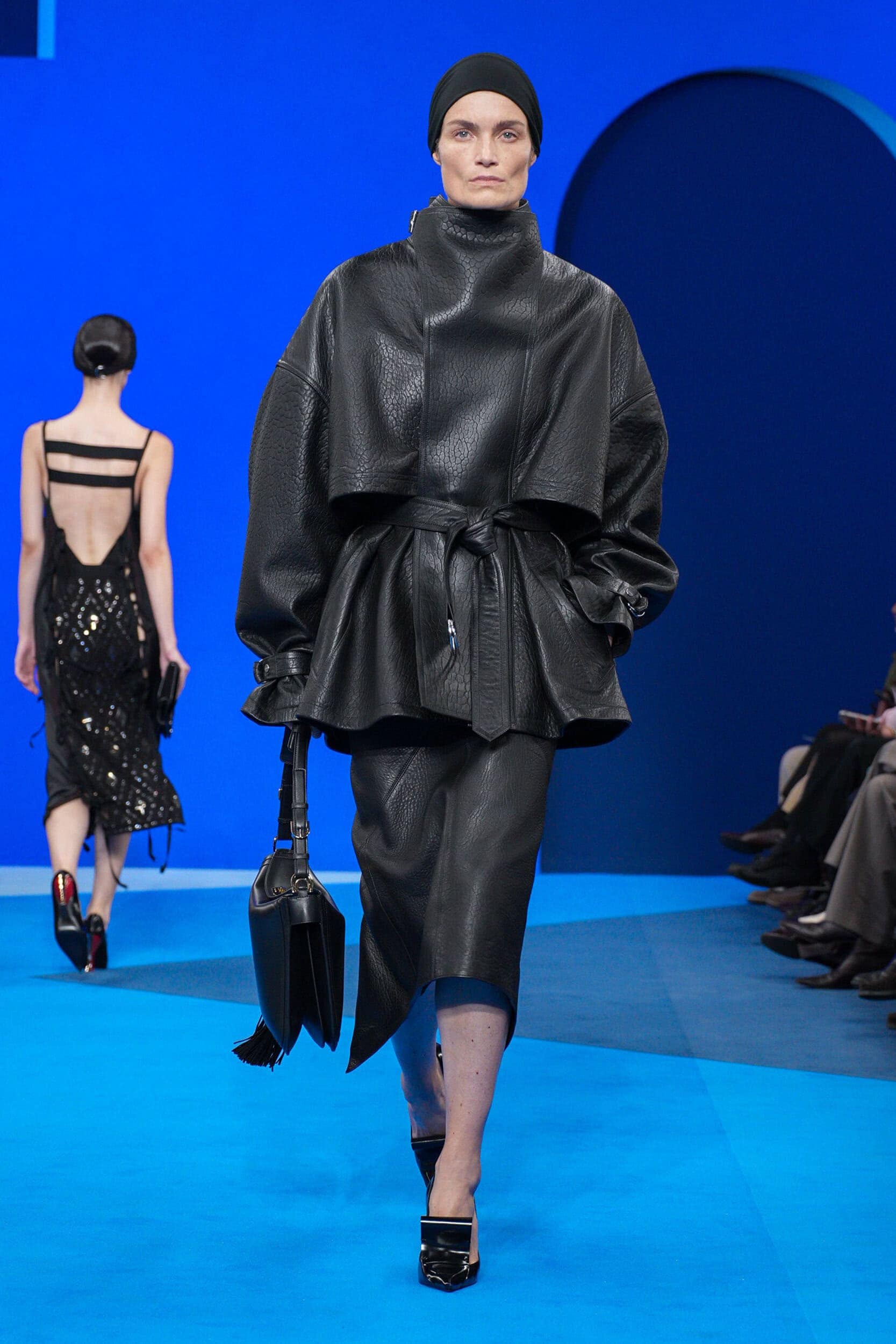
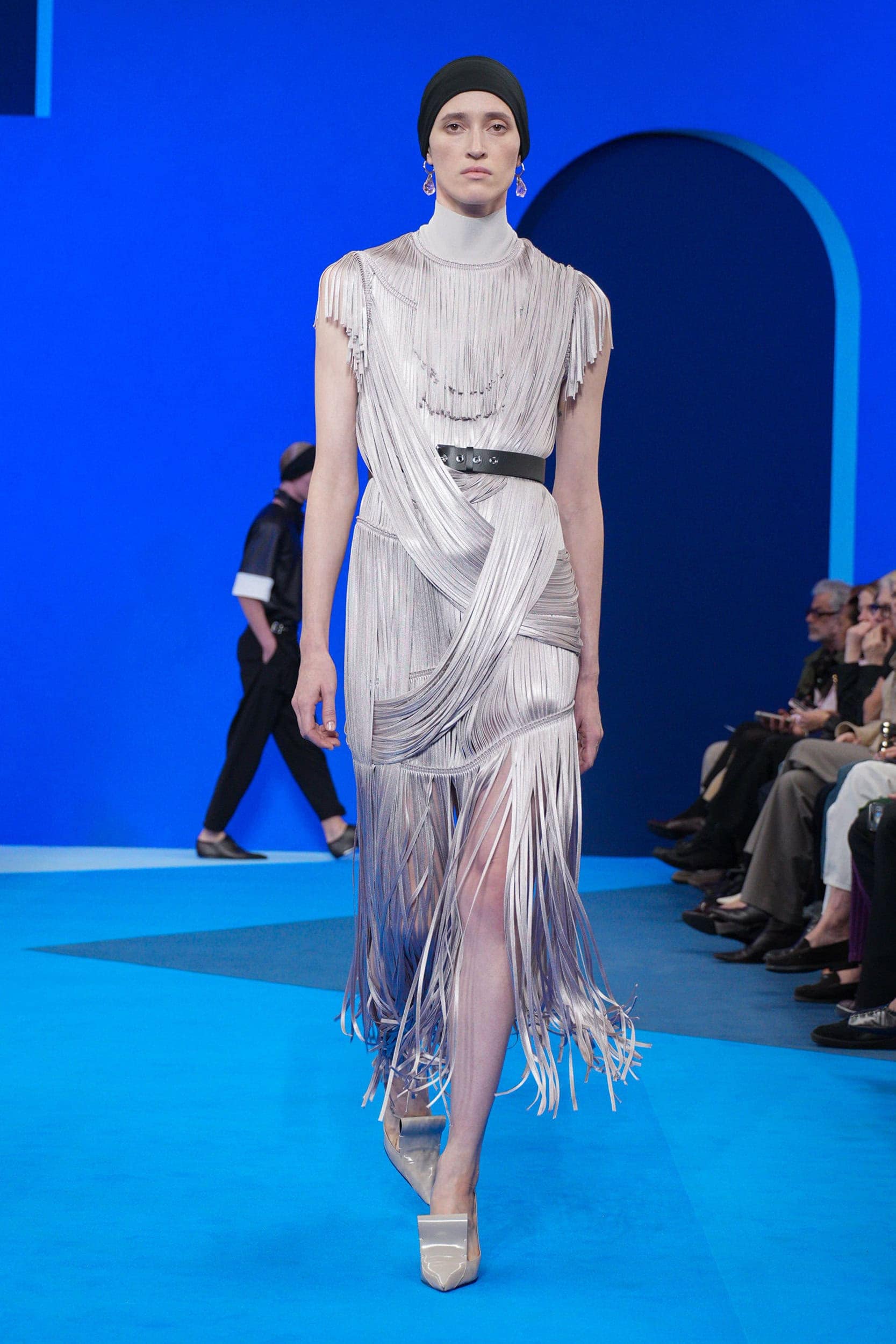
THE DIRECTION
THE QUOTE
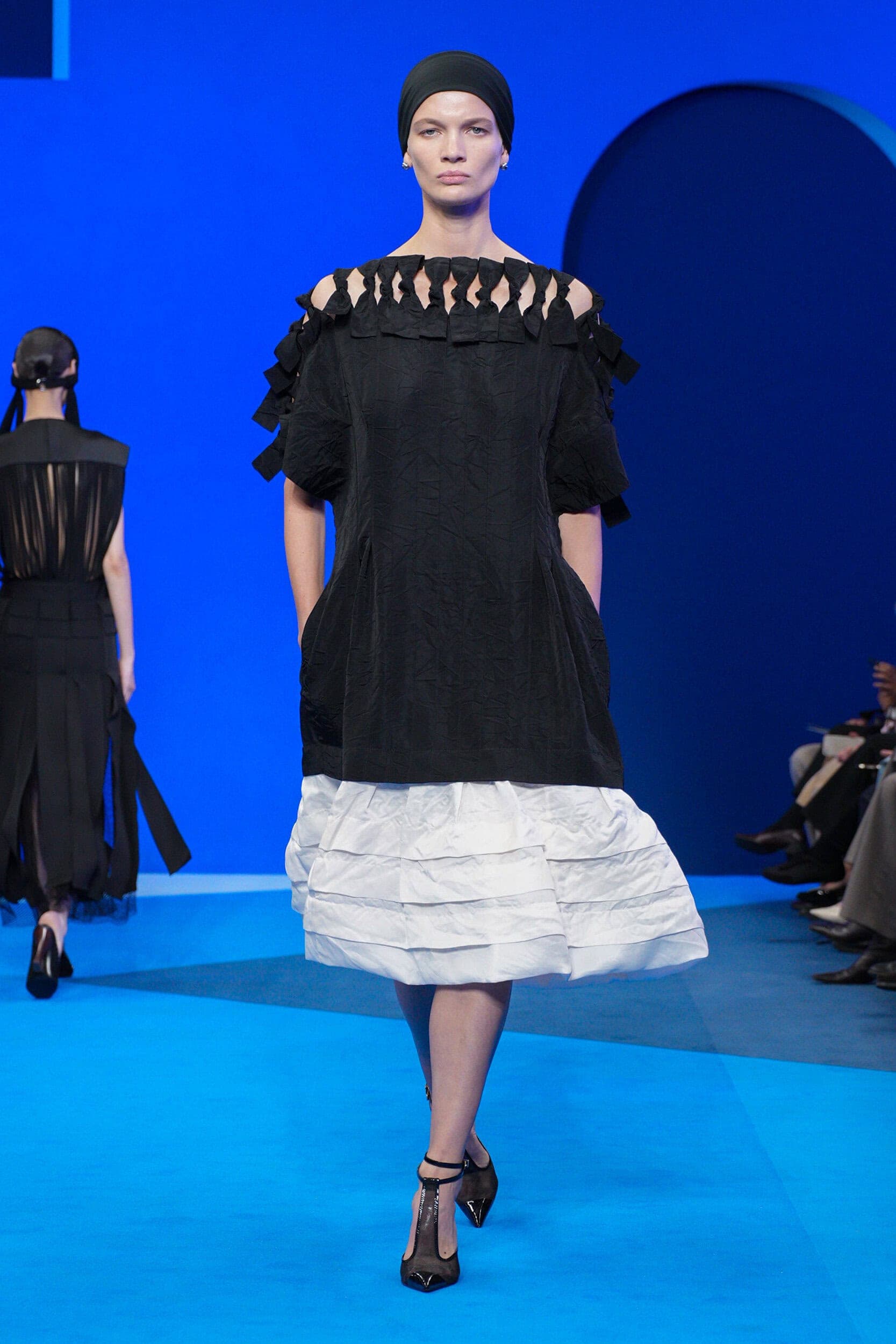
The starting point was the archive—not just the clothes, but Jeanne Lanvin’s fascinations, like her obsession with the calabash. From there I wanted everything offset against rigor, moving between silhouettes that feel sensual and modern, and others that carry the weight of history. For me, it’s about forming what becomes a Lanvin family, a community that spans generations.
THE WRAP UP
This collection affirmed Copping’s gift for control and his instinct for wardrobe longevity. The sophistication was evident, the craft undeniable. Yet the work now faces its test:
How does Lanvin shift from restoration into a more declarative language that commands attention?
Can historic minimalism resonate in today’s climate?
And most importantly, how does quiet elegance become not just respectable, but magnetic?
Lanvin proved it can deliver refinement and durability with poise—but the house now needs to turn that restraint into a sharper, more declarative vision if it’s to define its market, captivate a client base, and stand apart with true competitive edge.
The takeaway is that Lanvin under Copping is stable, sophisticated, and deliberate—an island of refinement in a noisy season. What remains to be seen is whether that restraint evolves into influence, allowing the house to command the conversation rather than quietly orbit it.
